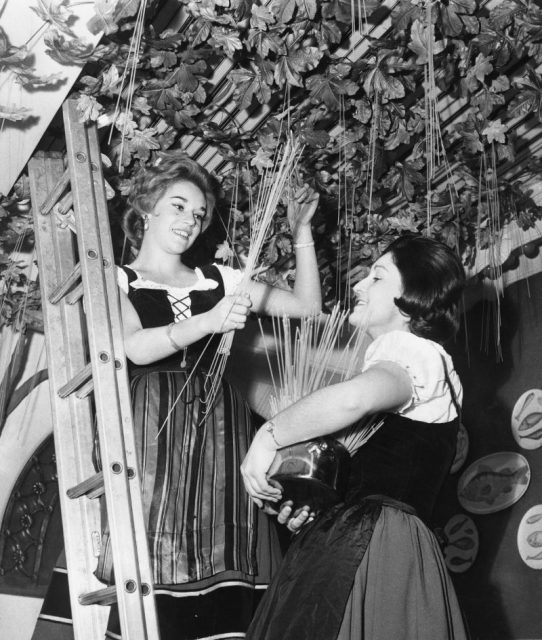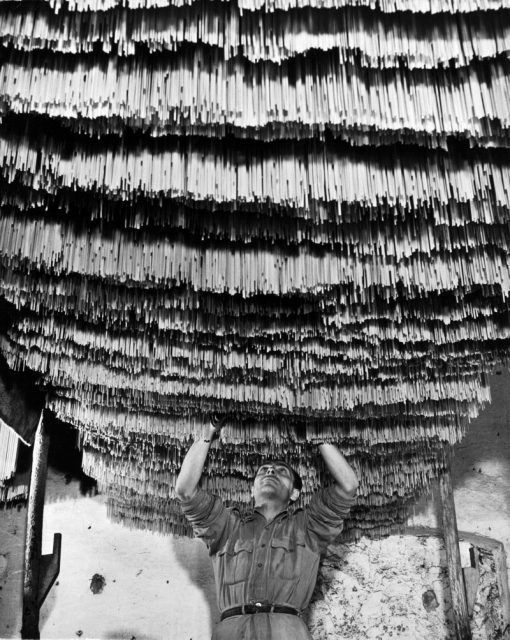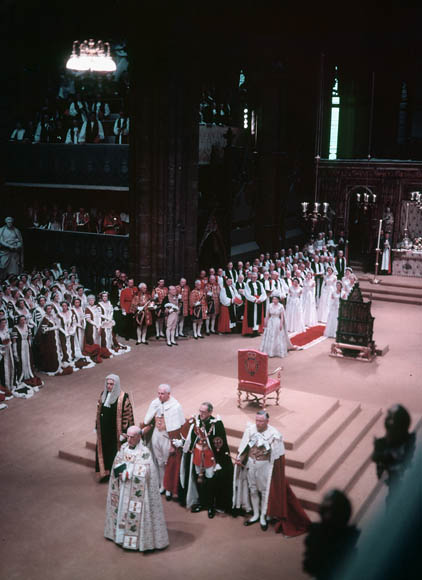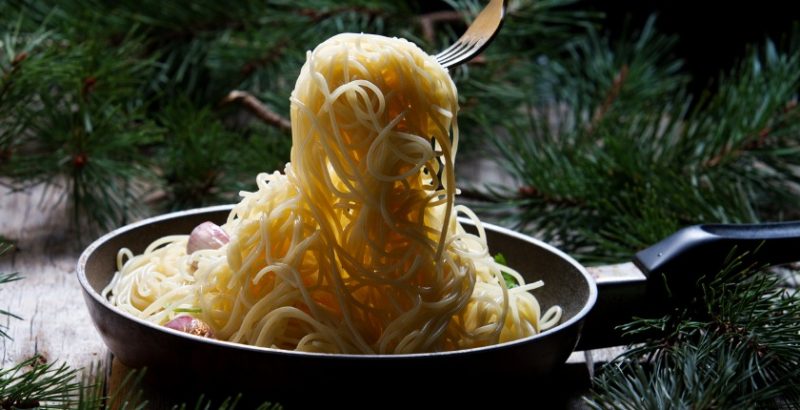“There’s nothing like real home-grown spaghetti…”
With that head-scratcher of a line, one of the greatest April Fool’s Day Gotcha!’s was born. On April 1, 1957, the BBC news program Panorama did a segment on, yep, spaghetti trees.
Anchor Richard Dimbleby narrated the three-minute segment, explaining that a mild winter and early spring — combined with the extermination of a certain type of pesky, pasta-devouring weevil — had led to a bumper crop of spaghetti in the small town of Ticino, Switzerland. Accompanying footage showed a family of farmers carrying out their annual harvest, plucking strands from bushes and laying out them out to dry in the midday sun.

Thanks to selective breeding, explained Dimbleby, each strand grew to the “perfect length.” He then noted that the quaint gathering process was quite different from that of Northern Italy, where, apparently, the carb-laden pasta was grown on “vast spaghetti plantations.” The end of the segment featured a tableful of people toasting the new crop and chowing down on the freshly-harvested noodles at an outdoor café.
Sure, it sounds kind of absurd now, but back then, people fell for the hoax, hook, line, and sinker. Bamboozled viewers actually called the BBC, asking where they could buy a spaghetti tree of their very own.

The tongue-in-cheek response: “Place a sprig of spaghetti in a tin of tomato sauce and hope for the best.” Among the duped: the BBC director general, who caught the segment on his telly and turned to his wife, exclaiming, “I didn’t know spaghetti grew on trees!” before reaching for an encyclopedia to learn more. When the truth was revealed, the reaction was mixed: some thought it was genius, others were unamused.
Related Video: 1960s ad for a futuristic kitchen – A Day In The Life Of A Modern Kitchen
So how was the show able to pull off the prank? For one thing, Panorama was an uber-serious news program, and Dimbleby a well-respected and dignified journalist, who had covered everything from the D-Day landing to the coronation of Queen Elizabeth, was really convincing. What’s more, in 1950’s meat-and-potatoes Britain, spaghetti wasn’t exactly a mealtime staple — so, argued some of the deceived: Hey, how were we to know?

Credit crafty Panorama cameraman, Charles de Jaeger, for coming up with the idea: He recalled how teachers at his school in Austria would admonish students, telling them that they were so stupid, they’d probably think spaghetti grew on trees. To stage the scene, crew members strategically draped strands of cooked pasta over branches, like tinsel adorning a Christmas tree.
The report, one of the first hoaxes to be broadcast on television, has since spawned an array of bogus claims over the years. In 1967, Australia came up with a spaghetti caper of their own: A Melbourne TV station aired a report on how Australian spaghetti, grown in Victoria by Sicilian immigrants, was being threatened by an infestation of “spag-worm.”

In a 1998 press release, Burger King announced a new offering: a left-handed Whopper (they claimed that the burger was rotated 180 degrees to the left, redistributing the condiments and preventing them from oozing out of the right side of the bun, for a more pleasurable eating experience).
Read another story from us: The Pasta to “Strangle Priests”
IKEA, in 2011, unveiled a high chair for dogs. And in 1980, the BBC was up to its old tricks — this time, claiming that one of London’s most beloved landmarks, Big Ben, was going to change to a digital display.
